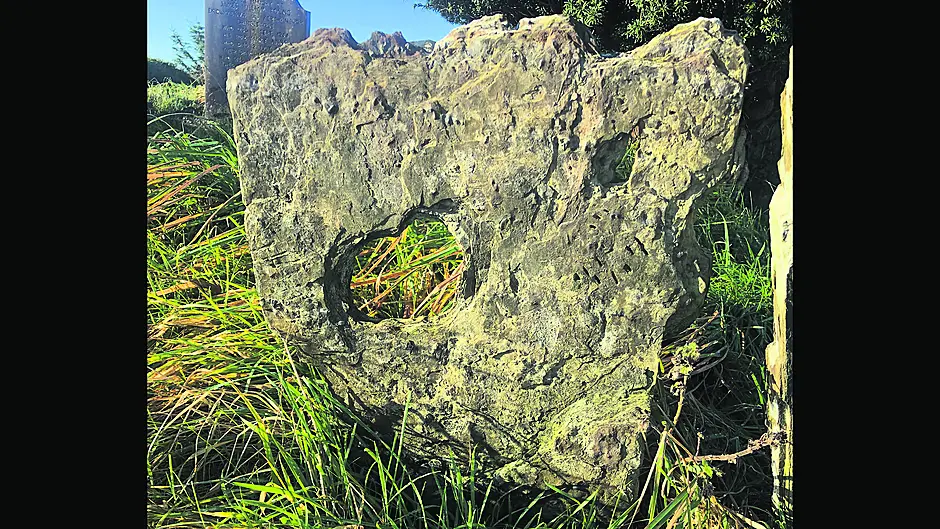AN old graveyard in Drimoleague is the latest historic burial grounds to be given the Skibbereen Heritage Centre treatment.
A video made by the centre’s manager, Terri Kearney, is just one of three components of the West Cork Graveyards Project.
It also includes the continuous development of its online database and an information board at the graveyard entrance, offering a short history of the site and a list of all those known to be interred there.
There is a reason why it was nominated for an Excellence in Local Government Award and that’s the sheer volume of work that goes into every part of the project. The end result is effortless online accessibility, plus a video tour of each graveyard, which offers new insights into some of historic and poignant stories of the people buried there.
The Drimoleague video opens with the touching story of a family in search of their ancestors’ grave. Terri, as narrator, says: ‘Anne O’Donovan and her family had been visiting this graveyard for years searching for the location of her grandparents’ and brother’s graveyard without success. ‘Then, her daughter happened to come across a story recorded in the Schools’ Folklore Collection about Anne’s grandfather finding a beautiful heart-shaped stone while ploughing his field.
‘The family had never heard of this story and were unaware that this very stone had been used to mark the grave of their ancestors.’
Last year, when visiting the graveyard on the 60th anniversary of Anne’s brother’s death, they stumbled upon this unusual stone and realised they had finally found the grave. On the other side of the graveyard is the final resting place of John Mahony, a soldier who served in World War 1 and was known locally as ‘The Scorcher.’
Margaret Murphy of Skibbereen Heritage Centre takes up this story. He was, she said, the captain of the local team in 1902, a team that is still to this day nicknamed ‘The Scorchers.’ He fought in Flanders and was crushed in a trench and lay buried there for three days. It was not that ordeal that killed him.
He wrote heartfelt letters home signing each of them, ‘Jack alias The Scorcher.’ The letters spoke of ‘the dreadful disease’ that was sweeping the world at the time.
A few short months after his return home, Jack succumbed to that disease, the Spanish flu, and died on April 9th 1919.
The aim of the West Cork Graveyards Project which also includes work by the Heritage Centre’s Barry McMahon, is to raise awareness and foster pride in the historic graveyards of West Cork.
It also meets a growing need for genealogical tracing, and where better to access such information than Skibbereen Heritage Centre. In addition, the centre records heritage knowledge that might otherwise be lost to posterity. This, too, is shared online.
The database contains the results of surveys of other local graveyards and tens of thousands of records of burials from Cork County Council’s own burial registers.
To date, the team have worked at Creagh, Abbeymahon, Chapel Lane, Drinagh, Caheragh Old Graveyard and Caheragh St Mary’s, Aughadown, and now Drimoleague graveyard. There are centuries of burials in the Drimoleague graveyard, including nameless famine victims who are commemorated with a cross above a mass grave. Drimoleague lost 42% of its people during the Great Famine. Horrific first-hand accounts are recalled in the video, but they are stories that need to be told.
‘All of our team feel that this is such a worthwhile project to be involved in, and we’ve had fantastic feedback over the years,’ said Terri. ‘The medieval graveyards of West Cork are hugely important places, both as a respectful resting place for our loved ones and as an integral part of our heritage. We are happy to be able to share them with the world.’








